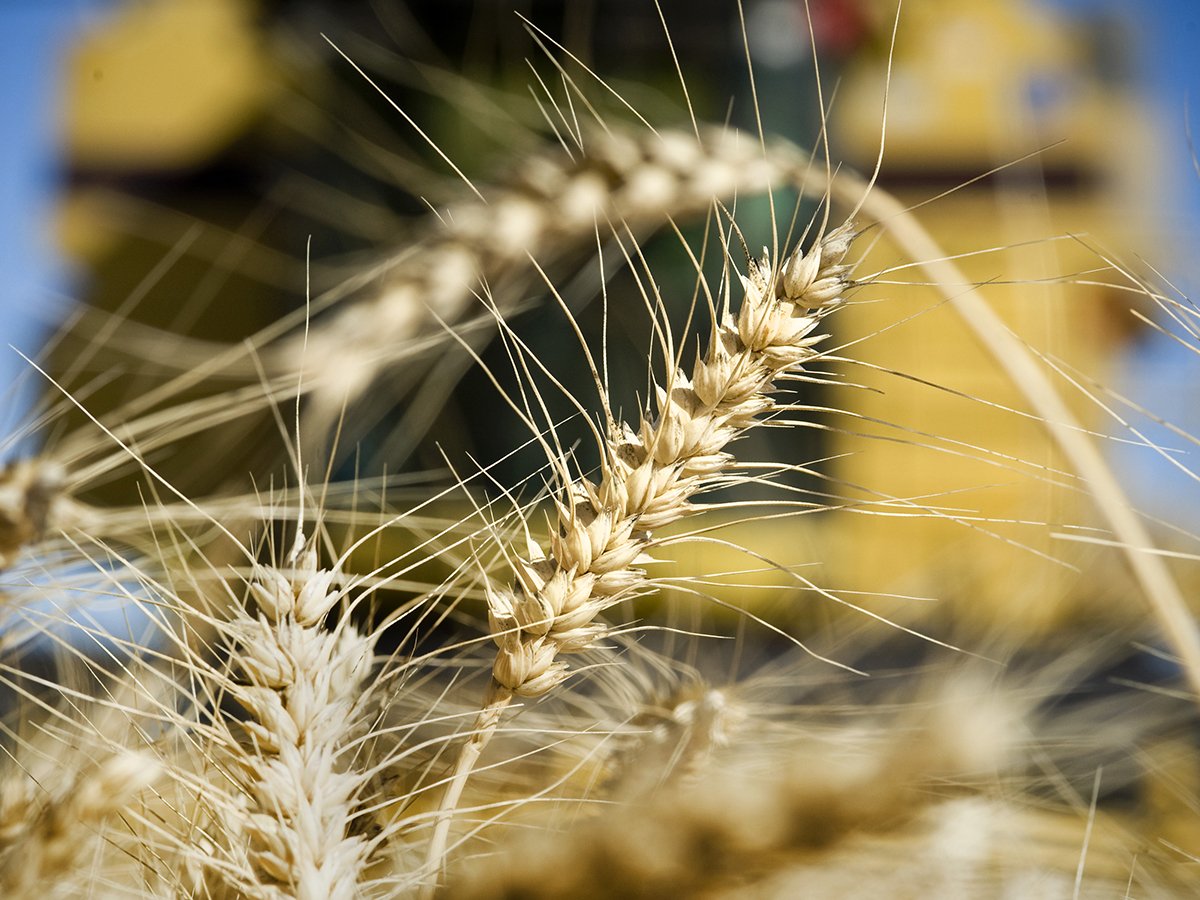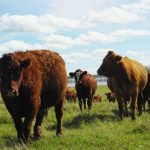Prairie oilseed producers who had too much moisture and not enough heat this year could be sitting on significant quantities of green canola this winter.
Murray Hartman, an oilseed specialist with Alberta Agriculture, says many producers could have more work on their hands this winter marketing low grade canola and monitoring canola to protect against spoilage.
“I think there is going to be more of a green seed issue this year than say a typical year, and it’s probably going to be more across the Prairies whereas typically it’s more localized,” Hartman said.
Read Also

European wheat production makes big recovery
EU crop prospects are vastly improved, which could mean fewer canola and durum imports from Canada.
“We had those wet areas where it was green quite late in the fall and then we had those really hard frosts in mid-September.… It would be hard to imagine not having more green seed this year than normal.”
Crushers and exporters normally buy canola on a sliding scale in years where green seed counts are high.
Penalties for sample grade canola can be significant, sometimes nearing 50 percent.
In some cases, farmers may be better off seeking alternative buyers such as biodiesel manufacturers and feed makers, Hartman said.
Growers looking at alternative markets should consider testing their canola for protein and oil content.
The quality of canola sold into feed or biodiesel markets can vary.
Samples with relatively high oil content and protein levels should command a higher price.
Hartman said biodiesel maker Milligan Biotech in Foam Lake, Sask., and EXL Milling, a feed manufacturer based in Lloydminster, are two of Western Canada’s larger buyers of off-grade canola.
Storage will be another critical issue this winter.
Temperature and moisture are the two main factors that contribute to spoilage. Ideally, the temperature of canola going into storage should be below 15 C. Seed moisture should be eight percent or less.
Seed that is binned at temperatures above 15 C should be monitored regularly, as should samples with high green seed counts and immature weed seeds. The first six weeks after harvest is a critical period.
During that time, binned canola respires and gives off heat.
Temperature variability within the bin can result in moisture migrating between warmer and colder areas.
In the fall, cold air migrates down along the perimeter of the bin while warm, moist air rises in the centre of the seed mass.
Condensation and spoilage may occur when warm, moist air comes in contact with the cold seed near the surface of the pile.
The migration patterns are reversed in spring.
Sunlight on the bin’s outer walls can cause air to move up the walls and down through the centre of the bin. This creates a high moisture zone at the bottom of the bin that is prone to spoilage.
To minimize losses, producers should use sensors or probes and monitor seed conditions regularly.
Moving seed from bin to bin can also be an effective conditioning strategy.
Moving seed through an auger and back into another bin mixes and aerates the seed, interrupts moisture migration and reduces temperature variability in the harvested crop.
Hartman said some farmers will probably have to sharpen their marketing skills this year to find a buyer for low grade canola.
———
















